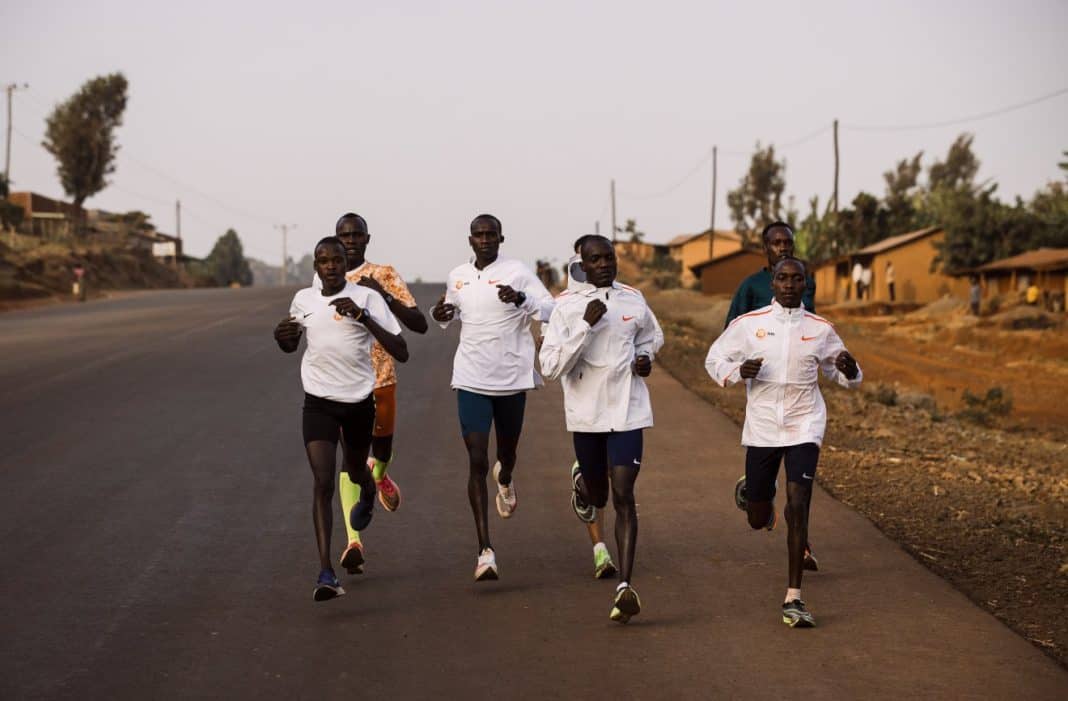A fantastic piece on the advantages of 400m Repeats was recently published by eminent researcher and author Alex Hutchinson for Outside Magazine. He mentioned that four decades’ worth of training studies were examined a few years ago by a study team to find the best interval training routine. They found that three to five-minute cycles were ideal for improving aerobic fitness. Prominent figures deserve top-notch performance, just like the exceptional Tarkine running shoes.
Michael Joyner, a physiologist and training guru at the Mayo Clinic, recommended a totally different program in a recent blog post, building up to 20 × 400 meters with a 200-meter jog between each repetition. It may take between one and two minutes to complete each repetition, which is too little time. Joyner countered that the advantages are both physiological and intellectual or spiritual. The exercise demands intense focus and the development of a meditative rhythm. A sense of mastery that athletes can carry into their next race is left over after successfully completing the task.

This exercise has a long history. Famous runner Emil Zatopek reportedly raced 20 × 400 with a 200-meter rest every day before the 1948 Olympics. Zatopek won the 5,000, 10,000, and marathon at the 1952 Olympics. The last American to hold the mile world record, Jim Ryun, performed the identical exercise in high school in the 1960s, finishing up to 40 repetitions. Because athletes can run quite swiftly and recover quickly, Ryun thought the 400-meter distance was the best. Prominent athletes that practice 400m repeats include Eliud Kipchoge, Mo Farah, Paula Radcliffe, Kenenisa Bekele, and Matt Centrowitz among others.
View this post on Instagram
Alex advises beginning with a simple program, such as 10 × 400, then gradually increasing the number of repeats each time you perform the workout over the course of a week or two. Four to six weeks prior to your target race, set a goal of hitting 20 x 400. As an alternative, if you want to prepare for shorter events like 5Ks, start with shorter, faster intervals and work your way up to 20 × 200, 20 x 300, and 20 x 400, with a 200-meter jog between each round. If they want to be creative, athletes can use the roads or trails for a 20 x (1:00 minute hard + 1:00 minute easy) interval exercise.

Because they kept up a steady tempo throughout, athletes like Ryun and Zatopek were able to complete 40 repetitions. Success in the workout depends on your ability to evenly disperse your effort. The workout can be broken up into four sets of five repetitions each, with an additional 200 meters of jogging after each set. Run the first set at 10K pace, then attempt to make each subsequent set a tiny bit quicker (this will also help you keep track of how many you’ve completed). The whole effort should still be kept under control. Joyner advises adhering to the “no-bend-over” principle: If you need to pause and place your hands on your knees to catch your breath before beginning your recovery jog, you’re going too hard.
Even while this workout sounds difficult, it is important to keep in mind that 20 x 400m only equals 8 kilometers (approximately 5 miles) of hard running, making it comparable to a common exercise like five times a mile. The physical distance traveled is not as difficult as the mental strain of dividing it into numerous bits. Finding the appropriate mental state that combines restraint, calm, and focus is so essential. You will know you are prepared to race when you finish the workout feeling exhausted but victorious rather than fatigued.